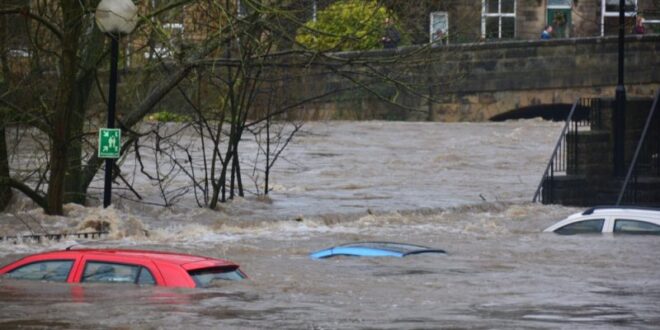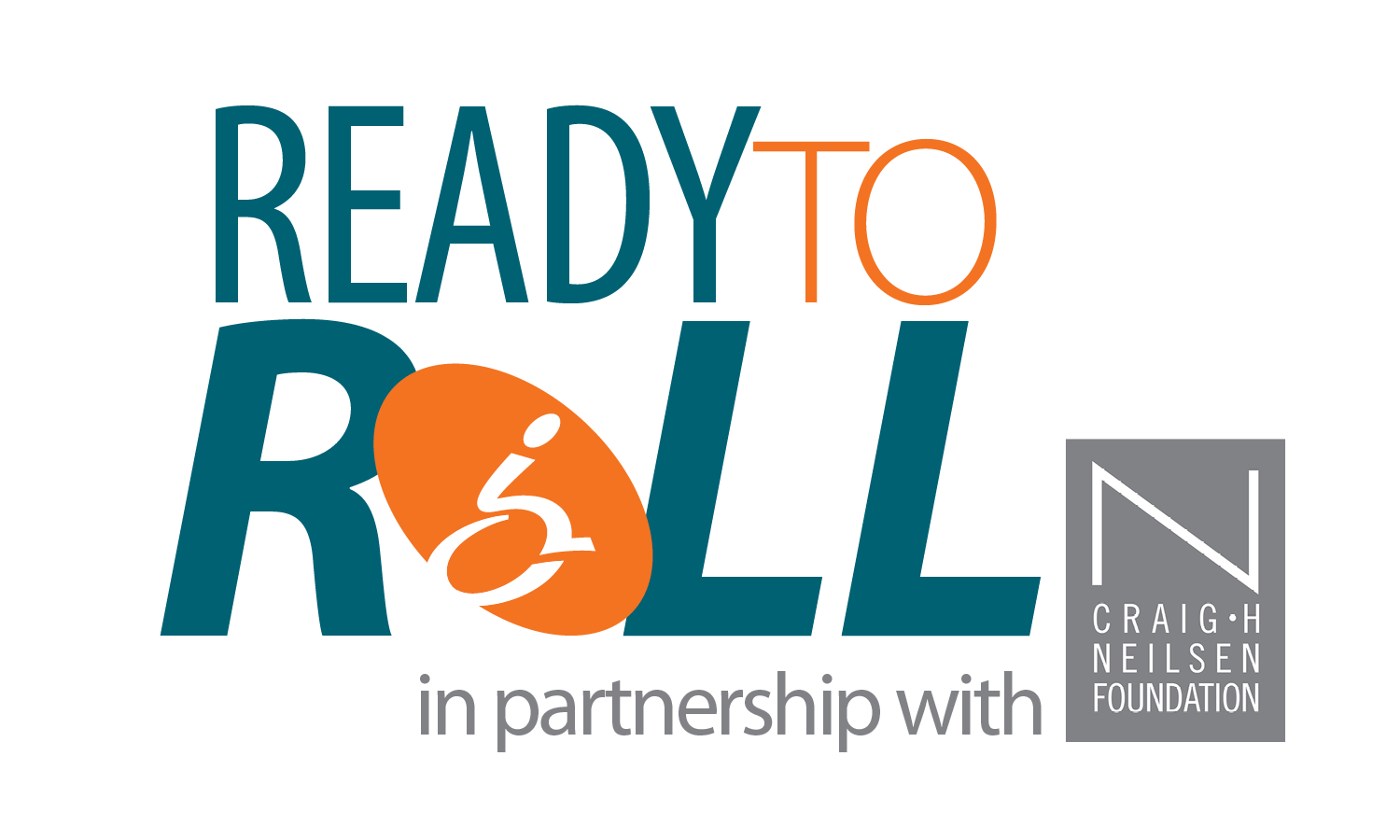
Ready to Roll is designed to assist in preserving the health and safety of individuals with spinal cord injury or disease (SCI/D) in times of uncertainty and upheaval due to natural or human-caused disasters through advanced planning, along with the preparation of professionals and local agencies.
Being equipped both intellectually and physically for unexpected events can save lives, lessen the emotional impact and facilitate a quicker adjustment in times of transition.
Sponsored by:

United Spinal thanks the Craig H. Neilsen Foundation for helping us offer financial grants to individuals with spinal cord injuries and disorders impacted by natural and human-caused disasters.
Here are a few of the lives we have touched.
Greg Nichols - ‘I Don’t Know Where I Would Be Today’
Greg Nichols evacuated his home to seek safety and shelter from Hurricane Ida. After the category 4 storm subsided, he returned home to find severe damage to his property, including a roof that needed to be fully replaced, water damage and no working air conditioning.
Terrell Patterson - ‘They Gave Me The Hope I Needed’
Terrell Patterson’s home was severely damaged by Hurricane Ida making it uninhabitable and needing major repairs. Terrell and his family struggled to find accessible housing as they tried to piece their lives back together and return to their home.
April & Maddie Young - ‘They Were There For Us’
April and Maddie Young had their home completely destroyed by Hurricane Ida. Maddie was in need of accessible home modifications but the damage caused by Ida dashed any hope of that possibility.
Jason Homer - ‘We Had Our Lives Back'
Jason Homer evacuated his home of 19 years to ride out Hurricane Ida in Houston. When he returned, he saw firsthand the devastating aftermath of the damage. Everything from his home’s siding and roof to his accessible van were damaged by Ida’s powerful winds.
Be Prepared: R-E-A-D-Y
Best Practices & Checklists
 Evacuating to a Shelter
Evacuating to a Shelter
Learn how shelters work and understand your rights and responsibilities.
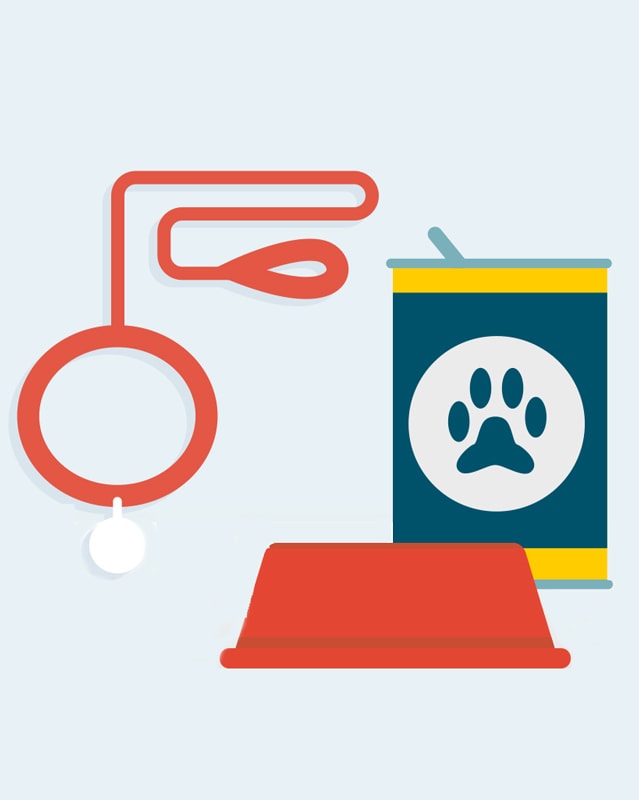
Pets and Service Animals
In a disaster, pets and service animals need extra help and should always be a part of the plan.
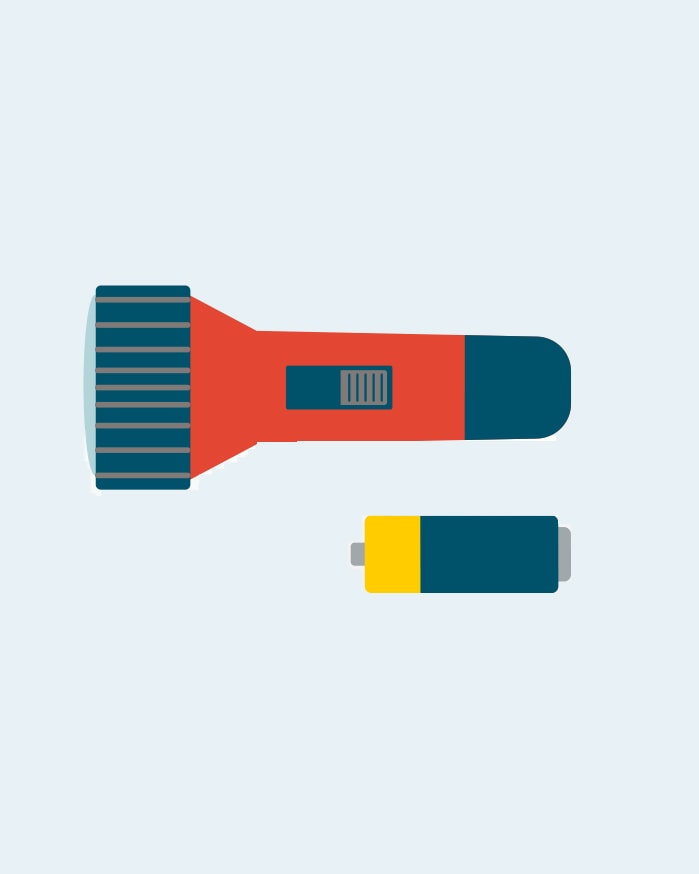 Power Outages
Power Outages
Learn about local power outages and how you can do to prepare in advance.
 Wheelchair Prep
Wheelchair Prep
Take inventory of your wheelchair(s) and supplies. Pack a “wheelchair go bag”.
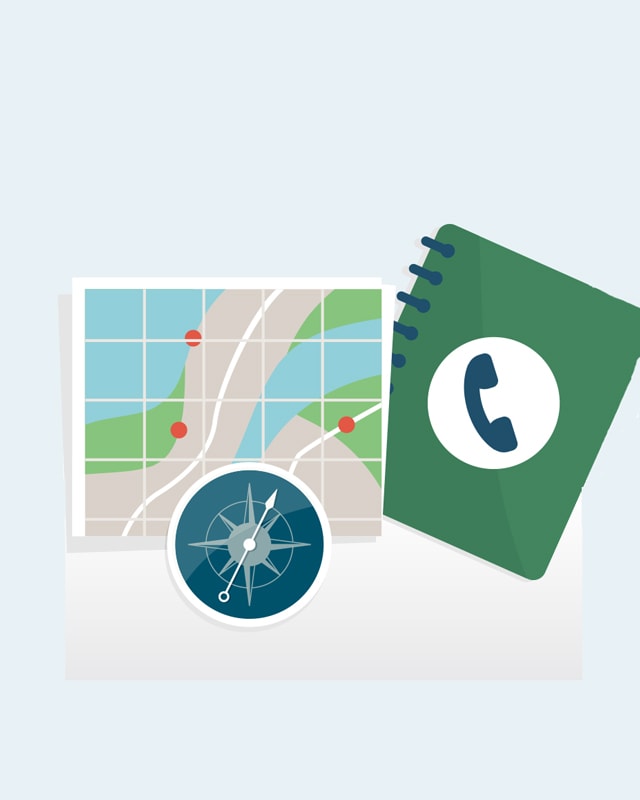 Your Local Resources
Your Local Resources
Know what your local risks are and use the resources and organizations available in your area.
 |
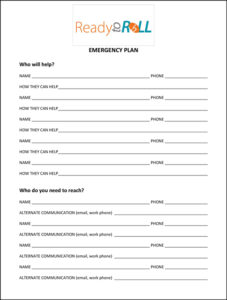 |
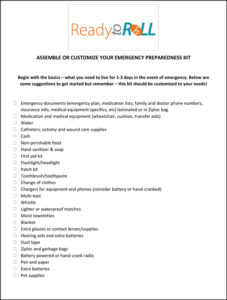 |
| Ready to Roll Guidance (pdf) Start your preparation by downloading your READY plan. This is a printable version of the information provided above and will provide guidance and suggestions as you are compiling your emergency/disaster plan. |
Emergency Plan Form (pdf) This form provides a location for you to keep track of vital information you may need in case of an emergency. Ensure everyone included in your plan has a copy of this form. |
Ready to Roll Kit Checklist (pdf) This checklist provides suggestions for building your emergency preparedness kit. Be sure to customize your kit as you reflect on your specific needs. |
| R2R Guía (pdf) Comience su preparación descargando nuestro plan READY. |
Plan de Emergencia (pdf) Mantenga un registro de la información vital que pueda necesitar en caso de emergencia. |
R2R Kit de Preparación (pdf) Sugerencias para su kit de preparación para emergencias. ¡Personalice para sus necesidades específicas! |
| 準備好行 動 了解更多與應急準備有關的有價值資訊 Chinese Traditional |
應急計劃 Chinese Traditional |
組裝或定製您的應急備災套裝 Chinese Traditional |
| 准备好行 动 了解更多与应急准备有关的有价值信息 Chinese Simplified |
应急计划 Chinese Simplified |
组装或定制您的应急备灾套件 Chinese Simplified |
Emergency Preparedness Blogs
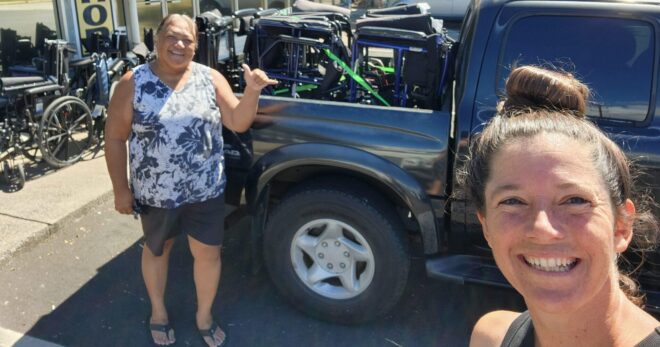
Supporting Maui’s disability community in their journey toward healing
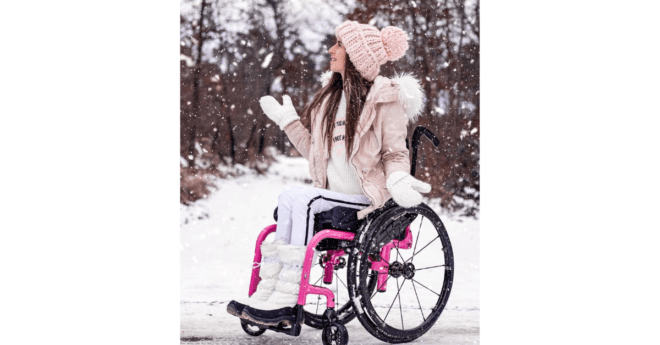
Navigating Winter in a Wheelchair
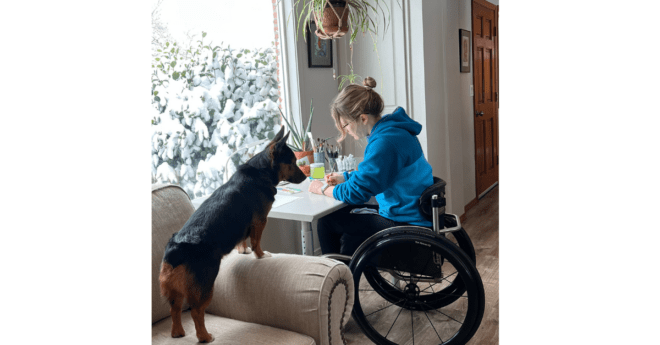
How to Keep Your Home Warm, Safe & Cozy This Winter

9 Wildfire Preparedness Resources for People with Disabilities
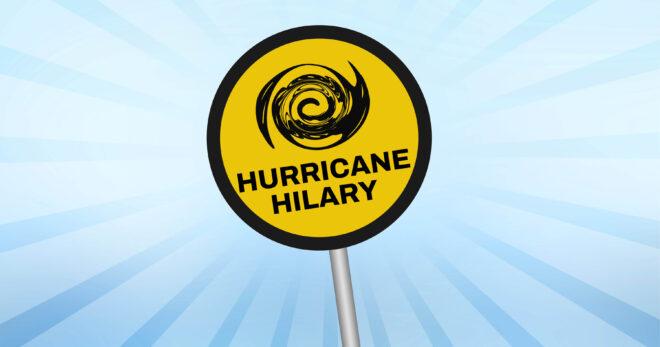
Hurricanes in California? We Are Here to Help.
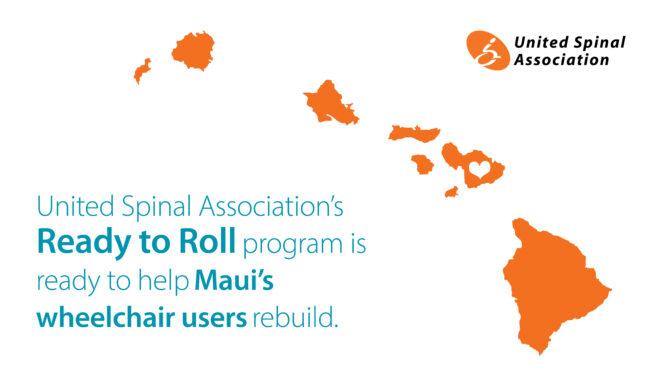
We Are Here to Help Maui’s Wheelchair Users Rebuild

Hurricane Ian Resources for People with Disabilities
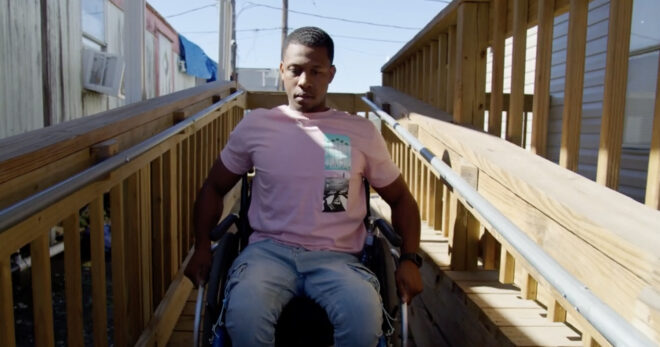
United Spinal Helps Members Rebuild After Disaster Strikes
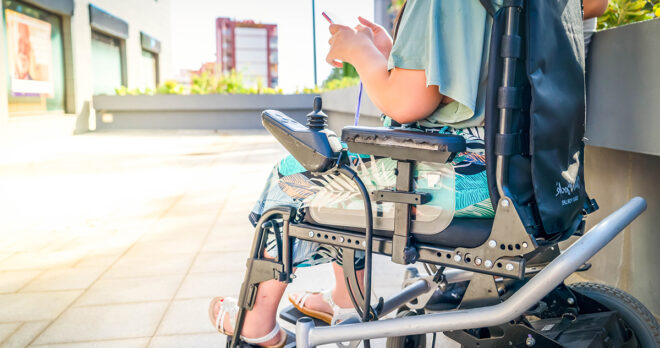
Inadequate Emergency Preparedness and Evacuation Plans Jeopardize People with Disabilities
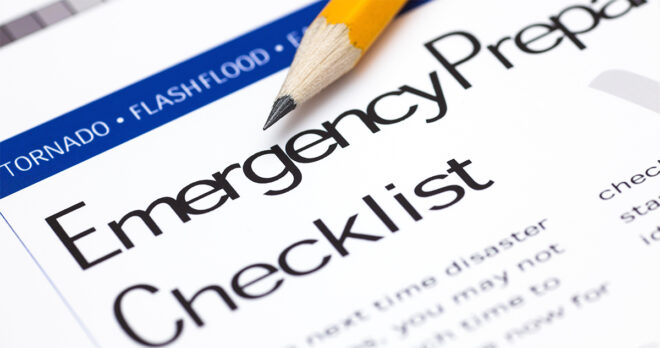
Building Support for Emergencies at Your Local United Spinal Chapter
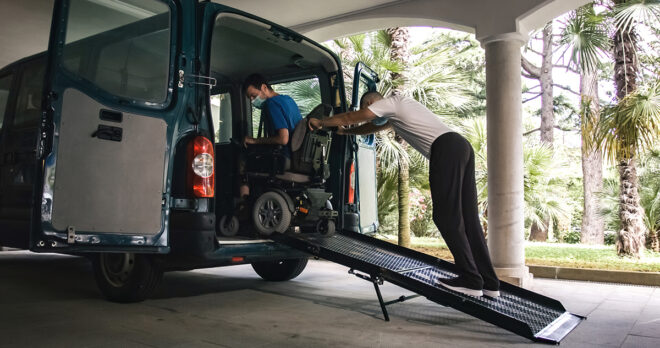
Are You Ready to Roll with Emergency Preparedness?
